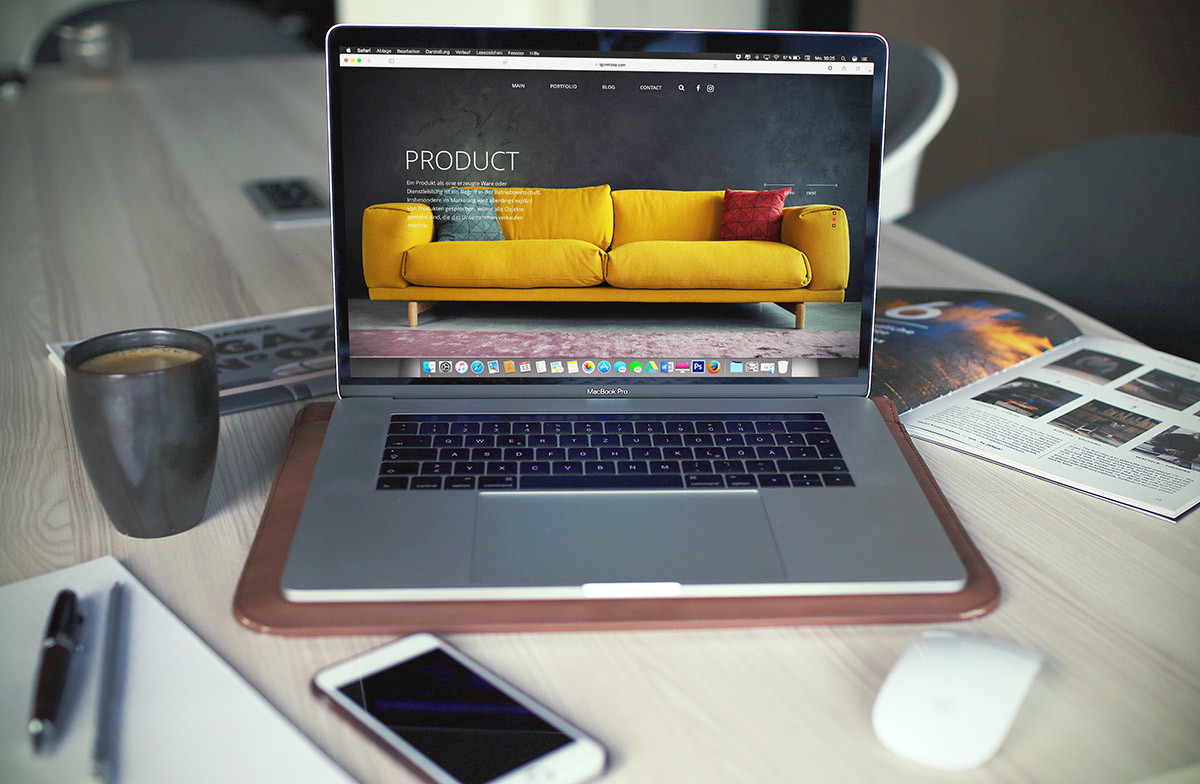4 key principles for getting to know the person using your product
While the word ‘empathy’ may be getting played out on design and business blogs, the idea itself is far from a recent trend. The ability to slip into the shoes of another person and see the world from their perspective is an incredible skill, yet one the world’s had a hard time grasping over the past quadrillion years or so. (Just turn on the news and see for yourself how we refuse to understand each other). But, back to design. While some of the best designers have been using empathy to create products since the dawn of the industrial age, it has become necessary to put the word on slides so that everyone understands that for a product to be successful, it should actually be useful to the person who is going to be using it. Seems simple in concept, but the reality of truly empathizing with your vast array of users is anything but easy. So let’s ask the question then, what is human-centered design, really?Human-centered design is for your grandma
When Sir Jonny designed the revolutionary translucent iMac the intention was to create a product that did not intimidate its user, who might not be comfortable using a computer. So Sir Jonny thought about his grandmother and realized that if she was able to easily pick it up and move it around she would be the boss of the computer and not the other way round. So he put a massive, easy to hold handle on the back of the shell. And even though you only ever had to perhaps pick it up a handful of times during its lifespan, the handle helped you to understand that this thing existed for you and not the other way round. When you tell stories like this in a boardroom, you’ll get lots of nodding heads. We can relate to the power of the human insight. We can see for ourselves the role that design played in helping Apple to become the most valuable company in the history of the world. But when it comes to designing our own campaigns, products, or services it’s just too easy to focus on what we think is right and be limited by the constraints of our own systemic design.How not to do human-centered design
Now that we have an idea of some good, human-centered design principles, let’s talk about banks for a second. Banks have a certain convention for storing their clients’ money in a way that makes sense to their mainframe computers. But how many of them have ever asked if that’s the best way for humans to think about their money? If banks were able to slip into the shoes of an everyday person and dare to present an interface layer to their products that were designed around the needs of client, what could it look like? What do I mean? My grandmother (creative people love their grandmas ok!) used to do her budgeting by keeping different envelopes in the back of the drawer where she kept her unmentionables. Each envelope was designated a purpose and filled with the right amount of cash for the month. This meant she never overspent and she had a clear view of her financial position as the weeks ticked by. This type of visual budgeting makes sense even to a financial illiterate like me. So why can’t a bank design Internet banking using visual metaphors like this? Drag cash from your main account into little envelopes on the screen? No need for the unmentionables! Withdraw from them, transact from them, save money in them? Label them whatever you like: beer money, going on holiday savings, whatever you need for that thing called real life. Even better, present multiple skinning options for a visual metaphor that make sense to you! Don’t like envelopes? Choose to store your money in virtual shoeboxes, or different planets in an imaginary solar system. The goal of any good designer is to break down the barrier between what you need as a company or brand and what the user truly wants.4 ways to start designing with empathy
Once you grasp the power of empathy in the design process, you may ask yourself how you go about gaining those insights. Here’s a few starters that should get you on your way:1. Work with people who can provide an outside perspective
Too often companies try to gain service or product insights from within. This is not easy. People working in an organization are often too aware of internal constraints to be able to shift to an external point of view. You need people from the outside to be the voice of the person you are doing for. They should feel free to champion their cause and keep challenging the thinking because they will need to do it often. The temptation to take the company view will be too much for those who have to effect changes.2. Do your research
Watch people. Video them interacting with the products of your competition and your own iterations (with their permission of course). Ask lots of questions. Watch these films in your team and have in-depth discussions. What patterns are you seeing? What is driving certain behaviours? What do people like and what do they dislike? What are they looking for and how can your product make a real difference in their lives?3. Become the persona
Literally do the thing yourself. We recently started designing new services for an airline and they asked to think about designing services for people landing in third-world airports. We were good at finding relevant insights because a few of us on the team had actually done this before. When we thought about what our persona would think and feel at certain milestones in the journey, we knew, because we’d been there ourselves. If nobody on your team has, then make a plan to do it yourself. If you’re designing relevant services for a teenage boy buying condoms, then perhaps you need to get down to the drugstore pretending to be a teenager and buy some condoms.4. Test, test, test
Besides empathy, regular testing of prototypes is another key component to the Design Thinking approach. Even if you build a very quick wireframe of a product in Keynote or Powerpoint, you can ask two or three people who represent the persona to interact with your prototype. Again, film them, watch what they do. And draw conclusions. You’ll have a basic prototype so updating it and re-testing it should be easy as moving things around on a slide. Re-test and see if your hypothesis were correct. Test again and see if you’re getting closer to the mark.Understanding the life and needs of the end-user is the holy grail of design. We recently hosted some workshops for high school girls who were learning to code and these learners took to this idea of empathy like fish to water. In one of the teams they designated one of the girls to become the persona for whom they were creating, which enabled their team and also the wider group to interrogate the persona during the design process. Perhaps it’s not a surprise that the solution they prototyped has been getting some serious traction from sponsors and investors. Empathy has always been at the cornerstone of human interaction. With more empathy we can shift relationships and solve conflict. We can also design more useful products and services and help our species leap forward.






